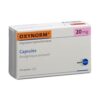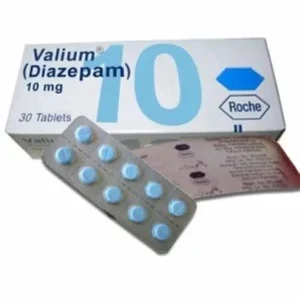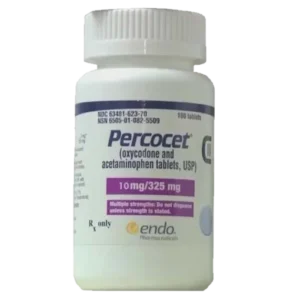Tramadol is approved by the US Food and Drug Administration (FDA) as a pain relief medication, specifically indicated for moderate-to-severe pain. Since July 2014, the FDA has classified tramadol 100mg as a class IV controlled substance due to its potential for misuse and addiction.
Tramadol 100mg is used to relieve moderate to moderately severe pain, including pain after surgery. It is also used to treat pain severe enough to require opioid treatment and when other pain medicines did not work well enough or cannot be tolerated. The extended-release capsules or tablets are used for chronic ongoing pain.
Tramadol belongs to the group of medicines called opioid analgesics. It acts in the central nervous system (CNS) to relieve pain.
When tramadol 100mg is used for a long time, it may become habit-forming, causing mental or physical dependence. However, people who have continuing pain should not let the fear of dependence keep them from using narcotics to relieve their pain. Mental dependence (addiction) is not likely to occur when narcotics are used for this purpose. Physical dependence may lead to withdrawal side effects if treatment is stopped suddenly. However, severe withdrawal side effects can usually be prevented by gradually reducing the dose over a period of time before treatment is stopped completely.
This medicine is available only under a restricted distribution program called the Opioid Analgesic REMS (Risk Evaluation and Mitigation Strategy) program.
This product is available in the following dosage forms:
- Capsule, Extended Release
- Solution
- Tablet
- Tablet, Extended Release, 24 HR
- Tablet, Extended Release
- Capsule, Extended Release, 24 HR
- Suspension
Before Using
In deciding to use a medicine, the risks of taking Tramadol 100mg must be weighed against the good it will do. This is a decision you and your doctor will make. For this medicine, the following should be considered
Dosing
The amount of medicine that you take depends on the strength of the medicine. Also, the number of doses you take each day, the time allowed between doses, and the length of time you take the medicine depend on the medical problem for which you are using the medicine.
- For chronic pain:
- For oral dosage form (extended-release capsules):
- Adults—At first, 100 milligrams (mg) once a day. Your doctor may increase your dose as needed. However, the dose is usually not more than 300 mg per day.
- Children 12 years of age and older—Use and dose must be determined by your doctor.
- Children younger than 12 years of age—Should not be used in these patients.
- For oral dosage form (extended-release tablets):
- Adults—At first, 100 milligrams (mg) once a day. Your doctor may increase your dose as needed. However, the dose is usually not more than 300 mg per day.
- Children—Use and dose must be determined by your doctor.
- For oral dosage form (extended-release capsules):
- For moderate to severe pain:
- For oral dosage form (solution):
- Adults—At first, 25 milligrams (mg) once a day. Your doctor may increase your dose as needed. However, the dose is usually not more than 400 mg per day.
- Children younger than 12 years of age—Should not be used in these patients.
- For oral dosage form (tablets):
- Adults—At first, 25 milligrams (mg) per day, taken every morning. Your doctor may increase your dose as needed and tolerated. However, the dose is usually not more than 400 mg per day.
- Older adults over 75 years of age—At first, 25 mg per day, taken every morning. Your doctor may increase your dose as needed and tolerated. However, the dose is usually not more than 300 mg per day.
- Children 12 years of age and older—Use and dose must be determined by your doctor.
- Children younger than 12 years of age—Should not be used in these patients.
- For oral dosage form (solution):








admin –
I love this product